14 Reasons Mules Are The Unsung Heroes Of The Animal World
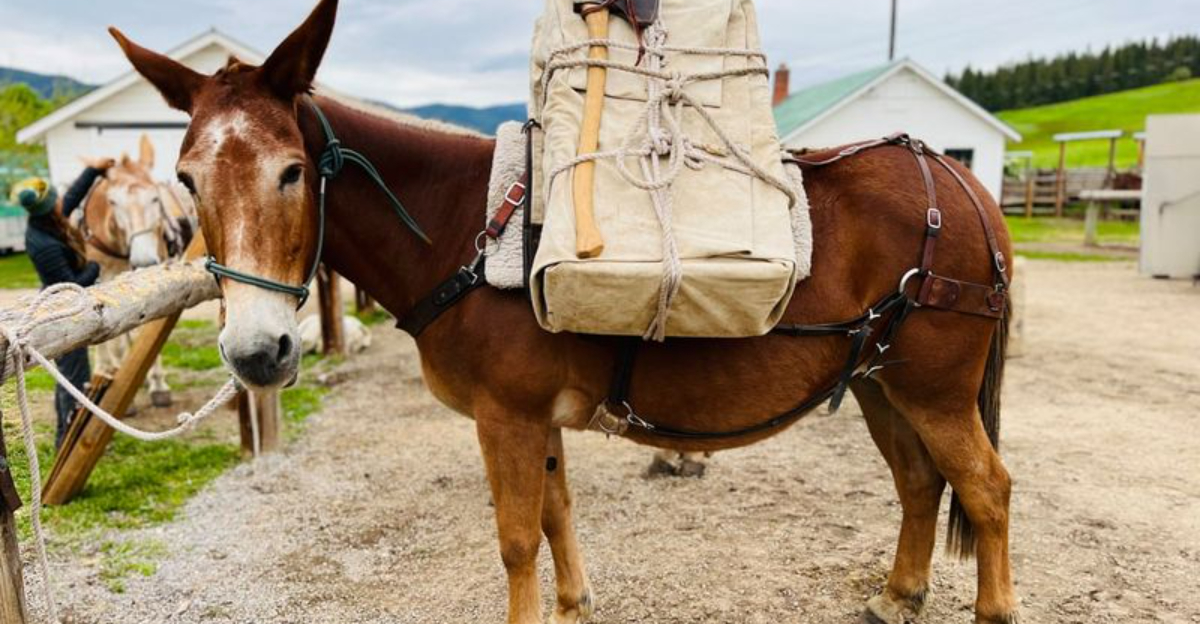
Ever wondered why mules have been trusted companions to humans for thousands of years? These incredible animals – crosses between male donkeys and female horses – deserve way more credit than they get.
From hauling supplies across rugged terrain to helping build civilizations, mules have quietly shaped human history with their strength, smarts, and steady nature.
Let’s explore what makes these amazing animals true unsung heroes of the animal kingdom.
1. Stronger Than Both Parents
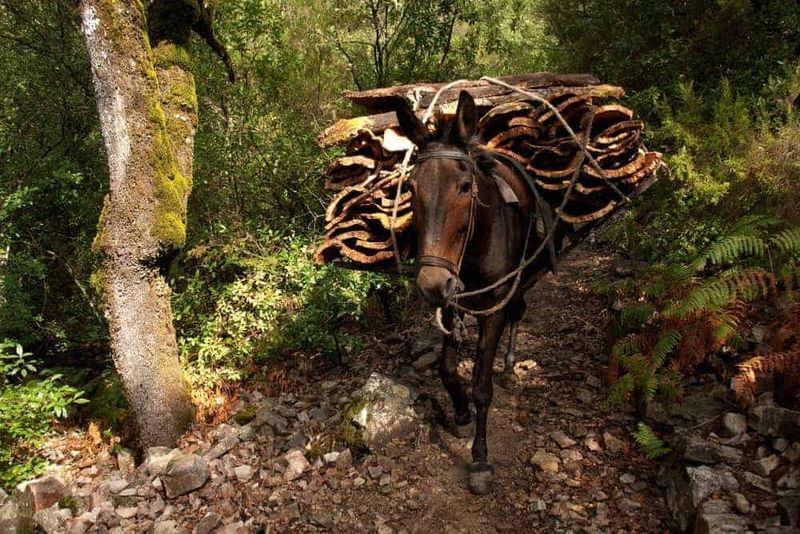
Mules possess what scientists call “hybrid vigor” – they’re actually stronger than both their horse and donkey parents! This biological superpower allows them to carry up to 20% of their body weight, outperforming both parent species.
Their unique muscle composition and bone structure create the perfect combination of power and endurance. A typical mule weighing 1,000 pounds can carry 200 pounds of gear over rough terrain all day without tiring.
Mountain expeditions and military operations throughout history have relied on this extraordinary strength. During the Gold Rush, mules carried heavy mining equipment up steep mountain paths where horses would have collapsed from exhaustion.
2. Remarkable Intelligence
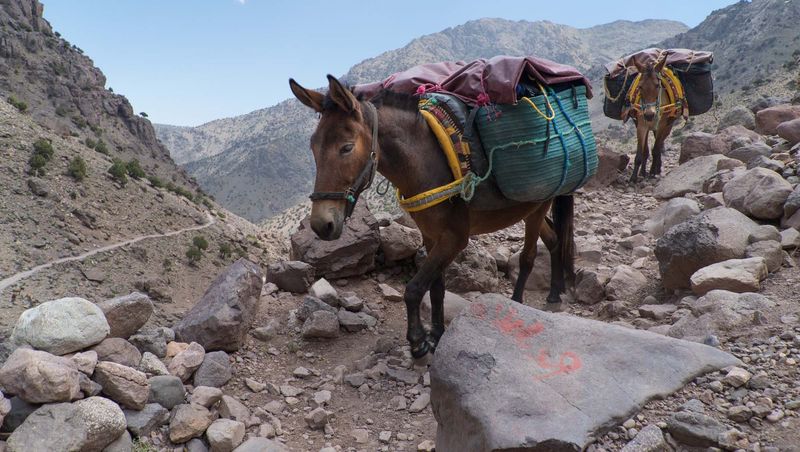
Mules outsmart both horses and donkeys in problem-solving tests. Their legendary intelligence isn’t just folklore – studies show they possess exceptional memory and reasoning abilities that help them navigate tricky situations.
Unlike horses that might panic in dangerous spots, mules carefully analyze their surroundings before proceeding. They remember hazardous paths for years and won’t be forced into unsafe situations no matter how much you push them.
Farmers value this self-preservation instinct that prevents accidents and injuries. A mule might refuse to cross a damaged bridge that a horse would attempt without hesitation – not out of stubbornness, but because of superior judgment about potential dangers.
3. Incredible Endurance Champions
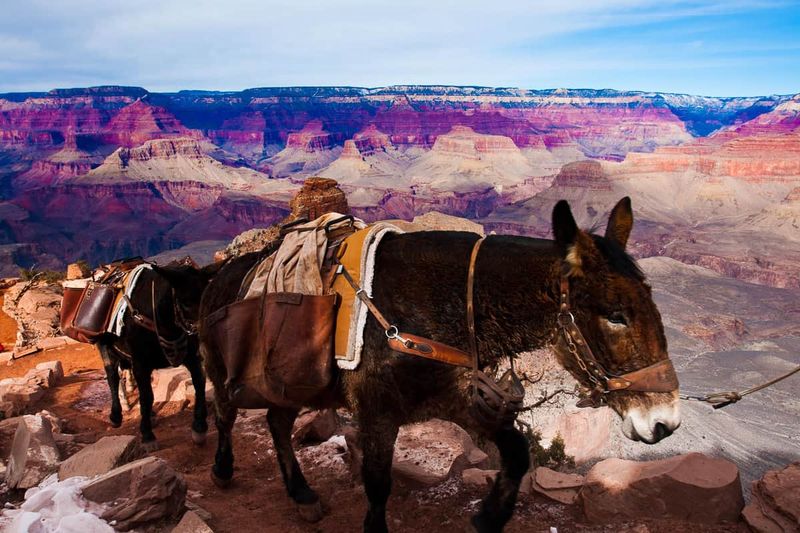
Mules outperform virtually every other working animal when it comes to long-distance stamina. Their efficient cardiovascular system and heat regulation allow them to work in scorching temperatures where horses would quickly overheat and fail.
Grand Canyon tours rely on mules precisely because they can make the steep descent and climb multiple times weekly without wearing down. Their special hooves require less maintenance than horses’ while providing better traction on slippery surfaces.
During military campaigns throughout history, mules could travel 20 miles daily for weeks with minimal rest. In the harsh conditions of World War I, mules transported crucial supplies through mud-filled trenches where motorized vehicles and horses repeatedly failed.
4. Superior Survival Instincts

Mules possess an uncanny ability to find water in arid environments, sometimes detecting underground springs that humans would miss completely. Their keen senses and natural wariness make them excellent early warning systems against predators and environmental dangers.
Unlike horses that might bolt when startled, mules typically freeze and assess the situation first. This measured response has saved countless riders from injury throughout history.
In wilderness settings, mules instinctively seek shelter during storms and position themselves to minimize exposure to harsh elements. Prospectors and explorers who trusted their mules’ judgment often survived dangerous situations in remote areas where human instincts alone weren’t enough.
5. Eco-Friendly Farm Workers
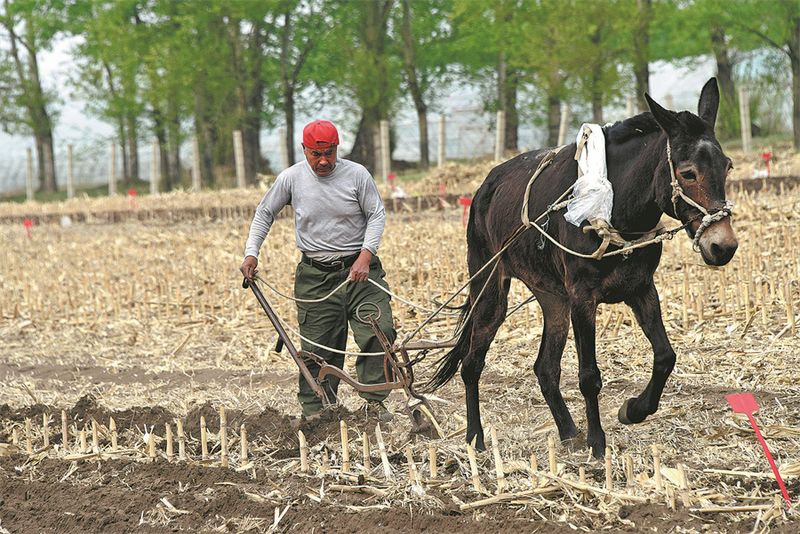
Long before tractors existed, mules powered American agriculture with minimal environmental impact. Their manure provided natural fertilizer, and they required no fossil fuels – just grass and water to operate efficiently all day long.
Modern sustainable farms are rediscovering mules’ value in reducing carbon footprints. A working mule produces approximately 1/10th the greenhouse emissions of a comparable tractor while compacting soil less and creating fewer ruts in fields.
Mules excel at precise tasks like cultivating between delicate crop rows where machinery might damage plants. Organic vineyards particularly prize mules for their gentle footfalls that don’t disturb fragile root systems and their ability to work without introducing chemical contaminants into the soil.
6. Built-In Navigation Systems
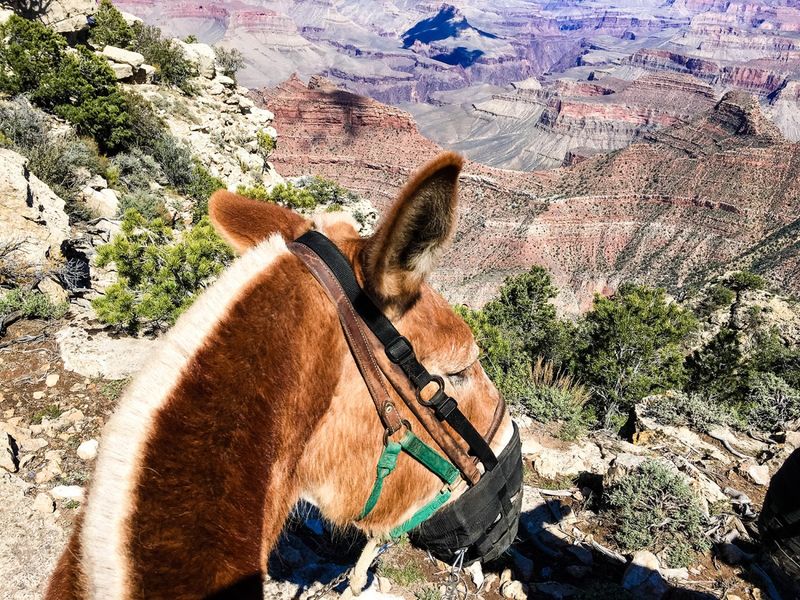
Mules possess an internal compass that amazes even experienced animal handlers. After traveling a route just once, they can often retrace their steps perfectly weeks or months later – a skill that made them invaluable for mail delivery in remote areas before modern roads existed.
Their exceptional spatial memory allows them to remember complex trail systems spanning hundreds of miles. Gold miners in the American West told stories of mules finding their way back to camp through blinding snowstorms when humans had become completely disoriented.
This natural navigation ability stems from their extraordinary sensory perception. Mules detect subtle changes in terrain, air pressure, and even magnetic fields that help them maintain orientation in challenging environments where GPS devices might fail.
7. Masters Of Difficult Terrain
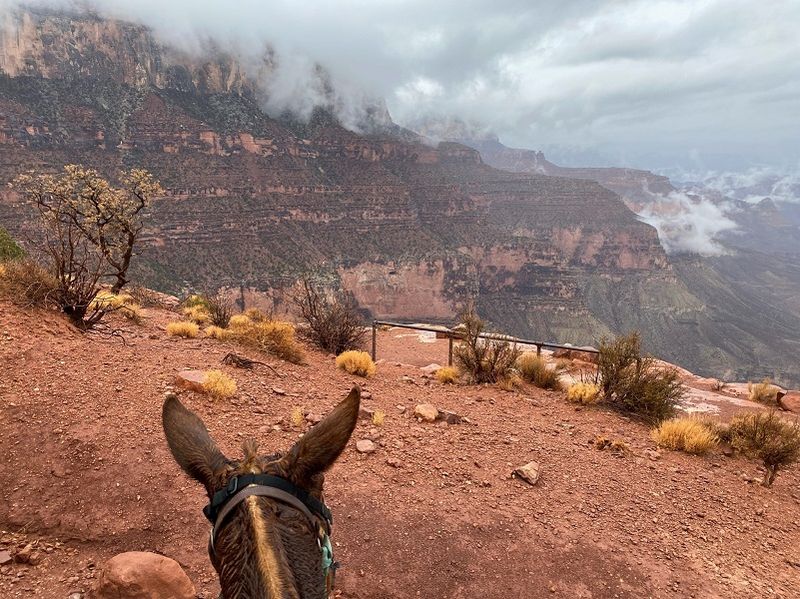
Mules’ specially designed hooves feature a more upright shape and harder composition than horses’, allowing them to navigate rocky paths with astonishing precision. Their narrower bodies and agile movements let them squeeze through tight passages that would stop larger pack animals.
The United States Forest Service still relies on mules to maintain backcountry trails where motorized equipment can’t reach. A mule can carry 150 pounds of trail-building tools up steep inclines that would defeat even the most determined human hikers.
Their exceptional balance comes from unique muscle coordination and a lower center of gravity than horses. This allows mules to cross narrow ledges and unstable surfaces with confidence, making them the preferred choice for transporting valuable or fragile cargo through challenging mountain passes.
8. Legendary Longevity
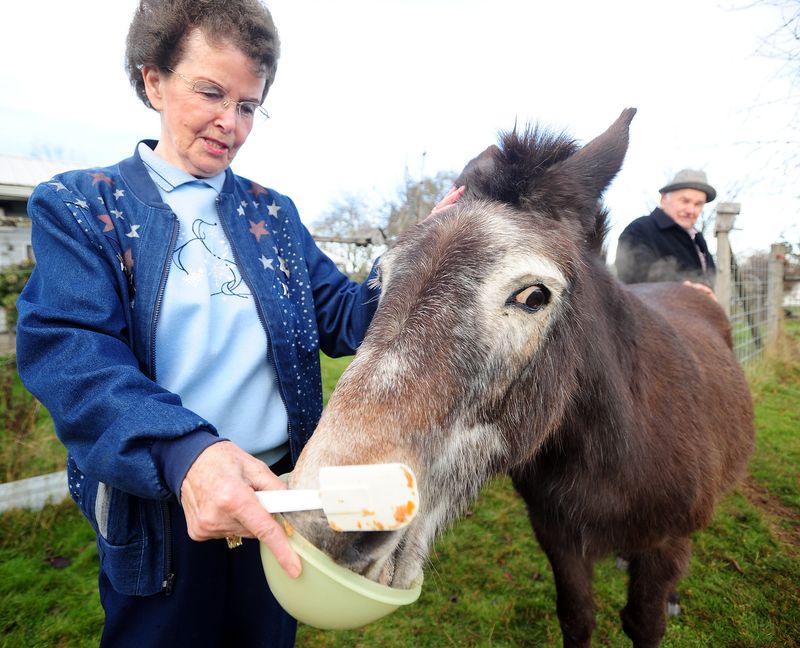
Mules routinely work well into their 40s – far outlasting horses that typically retire in their late teens or early 20s. This remarkable lifespan stems from their hybrid vigor and superior health resistance.
Their exceptional durability means a single mule can serve several human generations. Historical records show mules that performed daily farm work for over 30 years without developing the chronic joint problems that plague aging horses.
This longevity made mules especially valuable to frontier families with limited resources. A young farmer could purchase a mule as a teenager and potentially work alongside the same animal until retirement age, creating a lifetime bond rarely possible with other working animals.
9. Disease Resistance Champions
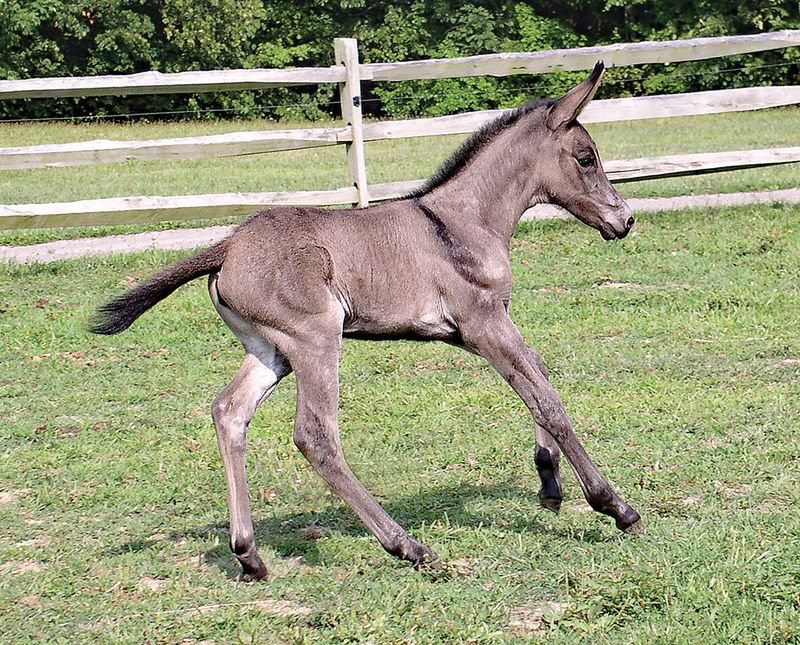
Mules inherit natural immunity to many diseases that plague horses, making them far more reliable working partners in challenging environments. Their robust immune systems developed through hybrid genetics allow them to resist parasites and infections that would debilitate other equines.
During military campaigns throughout history, horses often succumbed to disease while mules continued working. In the Spanish-American War, the U.S. Army lost thousands of horses to illness while mules maintained much higher survival rates under identical conditions.
This health advantage extends to hoof problems as well. Mules rarely develop common equine foot ailments like navicular disease or laminitis, resulting in fewer veterinary expenses and less downtime. Their natural resistance to colic – a potentially fatal digestive condition in horses – further enhances their reputation for uninterrupted service.
10. Economical Maintenance Requirements
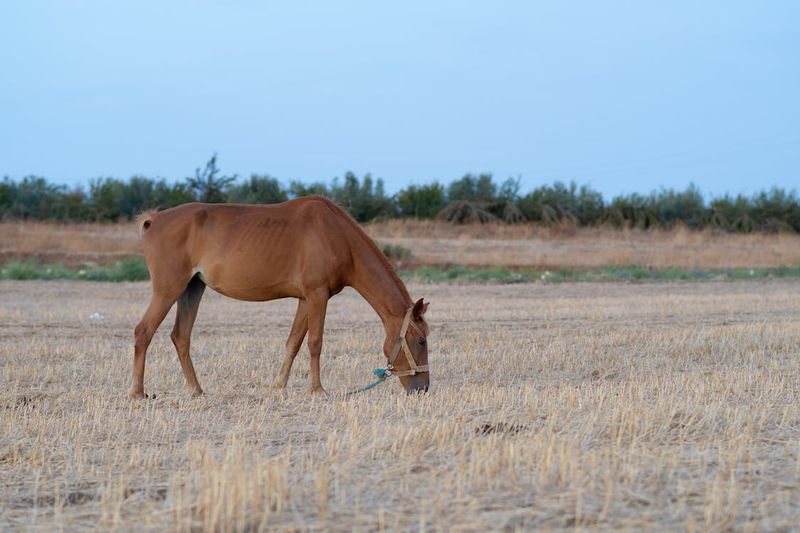
Mules consume approximately 20% less food than horses of comparable size while maintaining greater working capacity. Their efficient digestive systems extract more nutrition from lower-quality forage, making them ideal for regions with limited feed resources.
Their hardier constitutions require fewer veterinary interventions and specialty care products. A working mule typically needs half the farrier visits of a horse because their hooves grow more slowly and wear more evenly.
Mules’ natural weather resistance means they need less elaborate shelter arrangements. In moderate climates, a simple three-sided shed provides sufficient protection, whereas horses often require fully enclosed stables with additional heating or cooling systems to maintain comfort and health during weather extremes.
11. Historic Military Significance
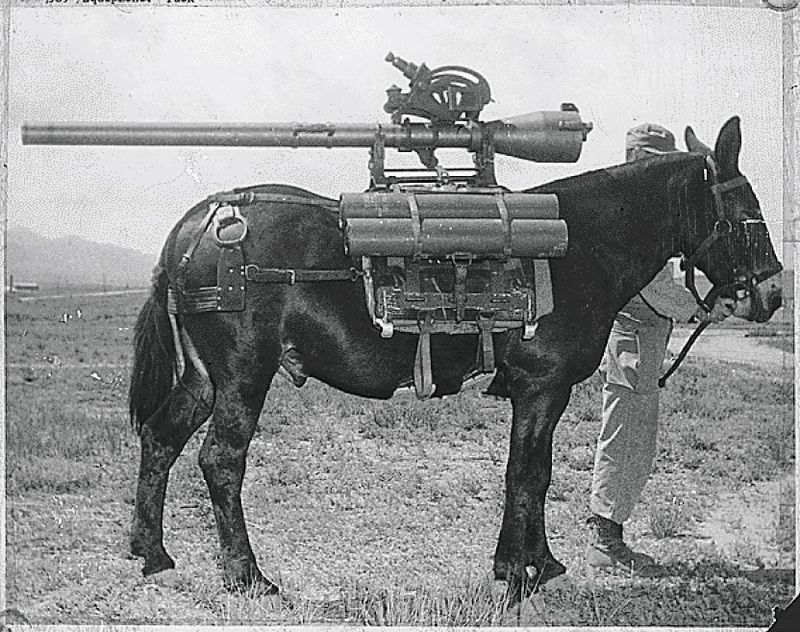
Mules transported critical supplies during virtually every major American military conflict. During World War II alone, the U.S. Army used over 56,000 mules to move ammunition, medical supplies, and communications equipment through terrain impassable to vehicles.
Their quiet movement made them tactically superior to noisy motorized transport when stealth was essential. Mountain divisions particularly relied on mules’ ability to navigate narrow trails while carrying heavy weapons systems that soldiers couldn’t manage alone.
Even in modern warfare, mules have proven irreplaceable in certain scenarios. U.S. Special Forces used mules extensively in Afghanistan to transport equipment through mountainous regions where helicopters couldn’t land and vehicles couldn’t travel – continuing a military partnership that spans centuries.
12. Cultural Heritage Preservers
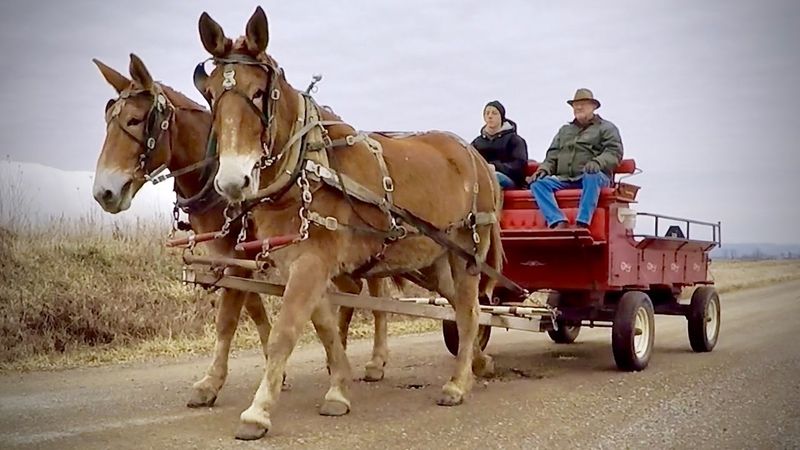
Mules represent living connections to agricultural traditions that shaped communities worldwide. Annual mule celebrations like Bishop Mule Days in California attract thousands of visitors who witness skills and handling techniques passed down through generations.
In Amish communities, mules remain central to daily life, powering farm equipment and transportation in ways virtually unchanged for centuries. These communities maintain specialized knowledge about breeding, training, and working with mules that might otherwise disappear in our mechanized world.
Historic sites increasingly incorporate mules to authentically demonstrate farming and transportation methods from America’s past. Colonial Williamsburg, for example, uses mules to demonstrate 18th-century agricultural practices, helping visitors understand daily life before industrial machinery transformed how humans work the land.
13. Natural Disaster Response Assets
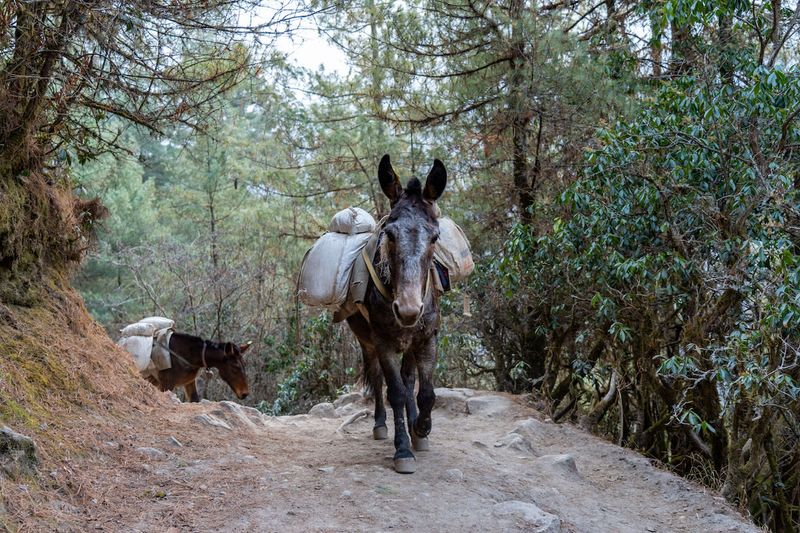
When roads become impassable during floods, fires, or earthquakes, mules step in as emergency transportation heroes. Their ability to navigate damaged infrastructure allows them to reach victims in areas vehicles simply cannot access.
Following Hurricane Katrina, mule teams delivered supplies to isolated communities cut off by floodwaters. Their calm demeanor in chaotic situations made them ideal for evacuation operations, safely carrying elderly and injured people from dangerous areas.
Modern emergency management agencies are rediscovering mules’ value in disaster preparedness plans. California fire departments maintain mule teams specifically trained for wilderness rescue operations, recognizing that even our most advanced technology sometimes cannot replace these sure-footed animals when lives hang in the balance.
14. Therapeutic Partners

Equine therapy programs increasingly choose mules for their exceptional patience and emotional intelligence. Their calm, steady nature makes them perfect companions for people with anxiety, PTSD, or developmental disorders who might be overwhelmed by more reactive animals.
Veterans’ rehabilitation centers report that working with mules helps build confidence and trust. The mule’s thoughtful, deliberate responses provide immediate feedback that helps participants develop clearer communication skills and emotional regulation.
Children with autism often form special connections with mules, responding to their consistent behavior patterns and non-judgmental presence. Therapeutic riding instructors note that mules seem particularly attuned to riders with physical limitations, naturally adjusting their movements to accommodate balance issues or mobility challenges.






